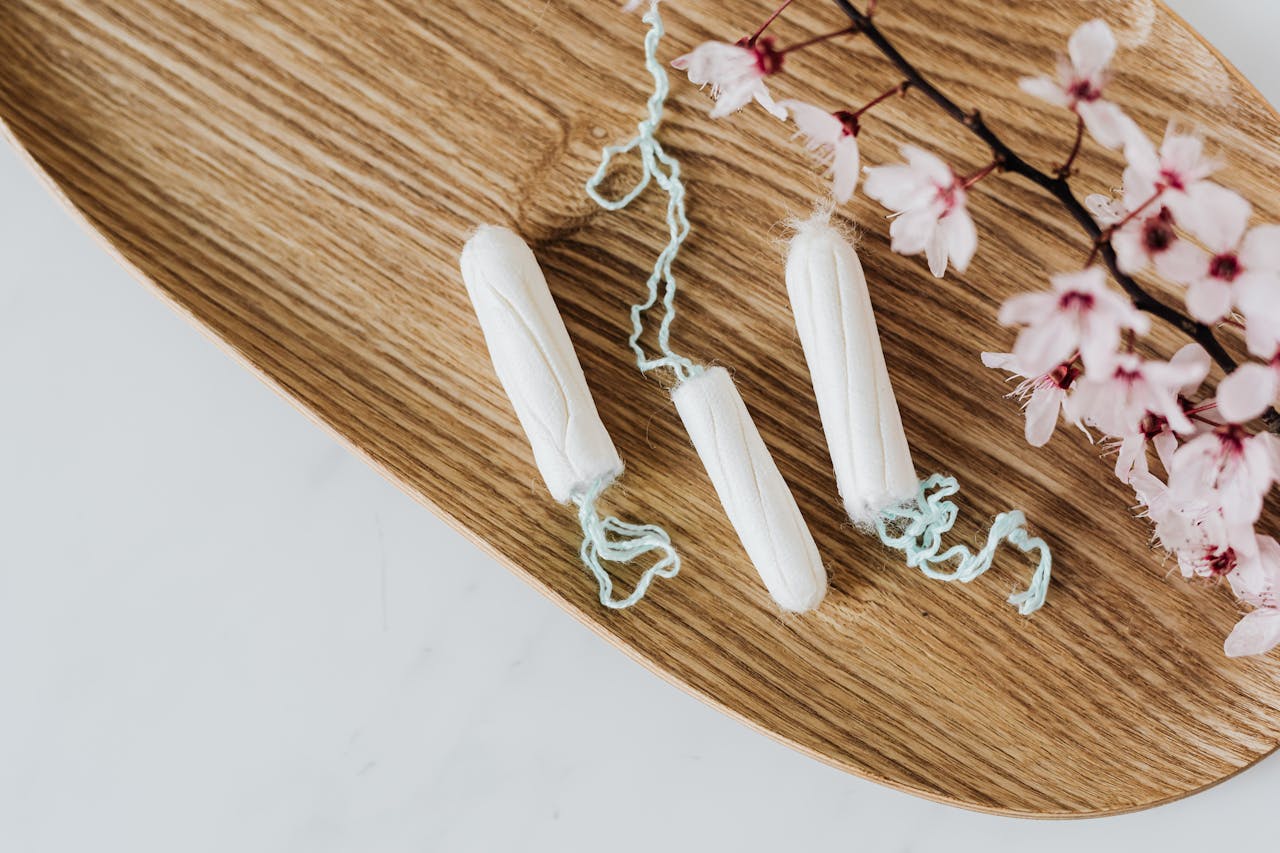Your menstrual cycle influences more than just your reproductive system; it plays a significant role in your skin’s health and appearance. Hormonal fluctuations throughout the cycle can lead to various skin issues, some of which might be surprising. Understanding how your menstrual cycle affects your skin can help you better manage these changes and maintain a clear, glowing complexion.
Hormonal Acne
One of the most common skin issues associated with the menstrual cycle is hormonal acne. Typically, breakouts occur in the luteal phase (the week before your period starts) due to an increase in progesterone and androgens like testosterone. These hormones stimulate the sebaceous glands to produce more oil, which can clog pores and lead to acne. Hormonal acne often appears on the lower face, jawline, and chin. To manage these breakouts, consider using salicylic acid or benzoyl peroxide treatments and maintaining a consistent skincare routine.
We recommend: Murad Outsmart Blemish Clarifying Treatment
Increased Sensitivity
During menstruation, your skin can become more sensitive. This heightened sensitivity is due to the drop in oestrogen and progesterone levels. You might notice your skin reacting more strongly to products, environmental factors, or even touch. Redness, irritation, and dryness can become more pronounced during this time. To soothe sensitive skin, opt for gentle, fragrance-free products, and avoid harsh exfoliants or aggressive treatments.
We recommend: REN Clean Skincare Evercalm Ultra Comforting Rescue Mask
Changes in Oil Production
The amount of oil your skin produces can fluctuate throughout your menstrual cycle. During the follicular phase (the first half of your cycle), rising oestrogen levels can lead to a more balanced oil production, resulting in a clearer and more radiant complexion. However, as you move into the luteal phase, increased progesterone can make your skin oilier, leading to a greasy feel and potential breakouts. Adjusting your skincare routine to include oil-absorbing products or mattifying treatments during this phase can help manage excess oil.
We recommend: Dermalogica Active Clay Cleanser
Dullness and Dryness
Oestrogen plays a crucial role in maintaining skin hydration and elasticity. During the low-oestrogen phase of your menstrual cycle, particularly during menstruation, your skin may appear dull and feel dry. Oestrogen helps to boost collagen production and maintain the skin’s moisture barrier. To combat dryness and dullness, incorporate hydrating serums and moisturisers with hyaluronic acid into your routine. Drinking plenty of water and eating a diet rich in antioxidants can also help support your skin’s hydration levels.
We recommend: Elemis Dynamic Resurfacing Super-C Serum
Pigmentation Changes
Hormonal fluctuations can also affect skin pigmentation. Some women experience melasma, a condition where brown patches appear on the skin, often triggered or worsened by hormonal changes. While melasma is more commonly associated with pregnancy and hormonal contraceptives, the menstrual cycle’s hormonal shifts can also contribute. To prevent pigmentation issues, use a broad-spectrum sunscreen daily, regardless of the weather, and consider products with ingredients like vitamin C or niacinamide to help even out skin tone.
We recommend: Medik8 Advanced Day Ultimate Protect


